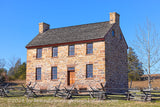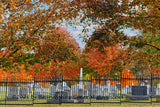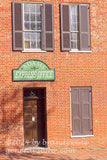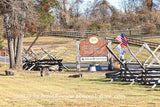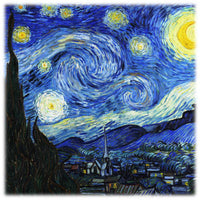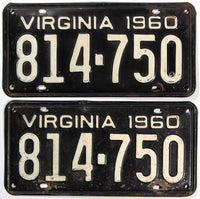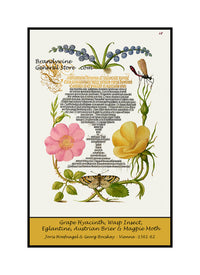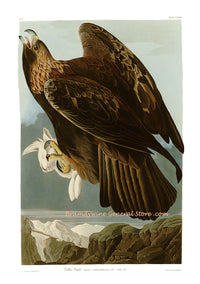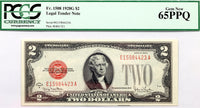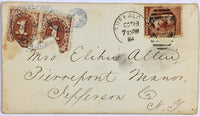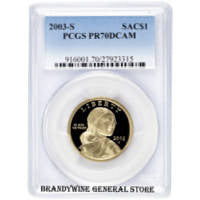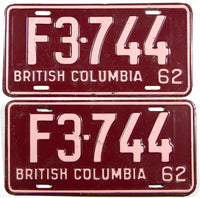Blue Crane or Heron by John James Audubon Art Print
An archival premium Quality Art Print of the Blue Crane or Heron by John James Audubon for sale by Brandywine General Store. This large graceful bird was plate or picture number 307 in Birds of America the first Havell edition. This ornithology book complete with prints by Audubon of each bird species in America was published during the 1830s. A complete book is now worth north of 10 million dollars. In this example Mr. Audubon shows a large blue adult male in its full spring plumage, this bird fills up almost the entire forefront of the picture and rightly so. In the background and much smaller is a young heron in its second year, this bird is still all white in color as it has not yet grown its colorful plumage. The scene is in a swampy area near Charleston South Carolina. It is surprising that Audubon labeled where this scene was drawn, as he usually did not let the viewer know, especially if no buildings were involved such as this one. Ardea Caerulea - Mr. Audubon describes the Blue Crane or Heron thus "Along with a few other Herons, this is, comparatively speaking, confined within narrow limits along our southern coast in winter. It occurs, however, in most parts of the Floridas, where it is a constant resident, and whence, at the approach of summer, vast multitudes are seen proceeding northward, in search of suitable places in which they may rear their young in security. Many, however, go southward, beyond the limits of the United States, and proceed coastwise to Texas and Mexico to spend the winter, especially the younger birds, when still in that singular white plumage which differs so much from that of the young of every other known species of this genus, except that of the Reddish Egret (A. rufescens). At New Orleans, where it arrives at the same period, both from Mexico and the Floridas, its first appearance in spring is about the beginning of March; at which time also multitudes leave the Floridas on their way eastward, to settle in Georgia, the Carolinas, and other States farther east, as far as Long Island in that of New York. Beyond this, I believe, no birds of the species have been met with. They rarely, if ever, proceed far inland, or leave the shores of our large rivers and estuaries. On the Mississippi, the swamps and lakes on the borders of which are so well adapted to the habits of these birds, few individuals are ever seen above Natchez. Audubon bird print #307



